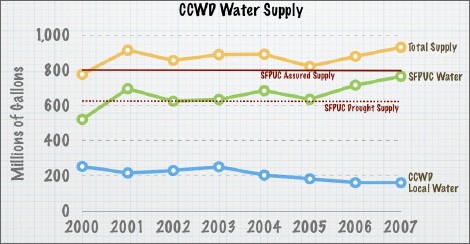State Parks superintendent for San Mateo and Santa Cruz counties is a native Coastsider
Chet Bardo, the new superintendent of State Parks for the 30 parks from San Mateo County to the Pajaro Valley, is a resident of Montara. Bardo’s responsibility includes more than 64,000 acres of parklands and 40 miles of coastline. There’s in interview with Bardo in the Santa Cruz Sentinel.
Q What do you see as the biggest issues facing local parks?
A Funding. ... If things were to really go south, it would be difficult. We’re charged in this district with just an incredible amount of historical structures and culturally sensitive areas. To look at that and try to figure out where to focus funding is a challenge. That’s probably one of the biggest challenges, and hence why we have a deferred [maintenance] backlog statewide.
Staff is doing a great job of keeping things up and running and dry, but it’s a constant thing. And as you know, when you work on a historic structure it takes a whole different level of repair. You just don’t go put something on it that’s not supposed to be there and call it a fix.
...
Q What is your background and how do expect to put that to work here?
A I’ve been with the department for about 26 years, going on 27 in August. I’ve done the full range of duties from a seasonal park aide at an entrance station to a field ranger to a supervising ranger to most recently a sector superintendent. My background is in wildlife biology.
And I love teaching. When I was a field ranger, I was very active in local schools. I always had a lot of fun doing that.
Q What is your favorite park?
A The coastal parks are great. I was pretty much born and raised in Half Moon Bay. I tell people before I had to get responsible and get a job, I used to spend my days at the beach all summer, swimming and fishing—I never took up surfing—mostly fishing and just dinking around. I haven’t spent a lot of time in the redwoods. Big Basin is new to me. Henry Cowell is new to me. And I’m sure I’ll love them just the same.





